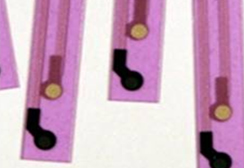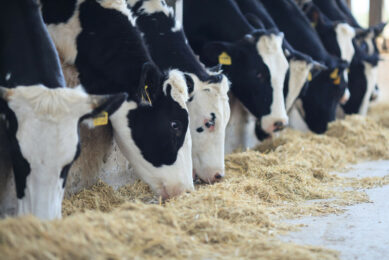Fast, simple testing for in-feed antibiotics

Fast, simple testing for antibiotics in animal feeds may soon be possible on the farm, according to research conducted by the Food and Environment Research Agency (Fera) in the UK.
The project – funded by UK’s ministry of agriculture Defra – demonstrated that technology developed by Universal Sensors offers high sensitivity while using low-cost equipment, making it an extremely attractive alternative to conventional laboratory-based antibiotic detection.
A rapid test at the point-of-use would allow a more effective response to a positive (non-compliant) sample to be actioned.
In–feed antibiotics are banned in the EU and the ban is upheld by routine testing. But current methods are slow and expensive.
Vantix biosensor
The results, presented by Dr Sara Stead and her team from Fera at the Sixth International Symposium on Hormone and Veterinary Drug Residue Analysis, Ghent 1-4 June 2010, demonstrated that the Vantix biosensor has the potential to detect a wide range of antimicrobial growth promoters in animal feed and generate the results in less than an hour.
The bioassay developed can be used as both a rapid laboratory-based procedure or as a portable field test for simultaneous measurement of up to 12 samples.
Dr. Duncan Purvis of Universal Sensors said that the results were important as it demonstrated how existing assays can be moved out of the lab and into the field, creating the potential for rapid screening.
“A portable test would prove invaluable in the fight against the development of resistant bacteria. Rapid testing on site opens up possibilities such as a reactive response, whereby a positive result would trigger wider testing on that farm.
“The Vantix technology also improves the sensitivity of existing assays and requires less preparation of the samples prior to testing and this can be invaluable in the ‘real world’ where the analyst may be working in a shed.”
Simplicity
A key quality of the Vantix biosensor is its simplicity. The Vantix uses electrodes which produce an electronic signal when samples contain the banned substance. This generates a Yes/No response on a portable computer, making it extremely easy to use.
The biosensor has already shown potential to revolutionise the detection of hospital superbugs.
Now Fera’s studies have demonstrated that the technique can be used to detect multiple banned antibiotics, and suggested there could be wider applications for farming.
The detection methods used on animal feeds could also be applied to samples such as meat and honey.
These tests for antibiotics higher up the food chain reduce the likelihood of antibiotics appearing in products on the supermarket shelves.
Related website: Universal Sensors











